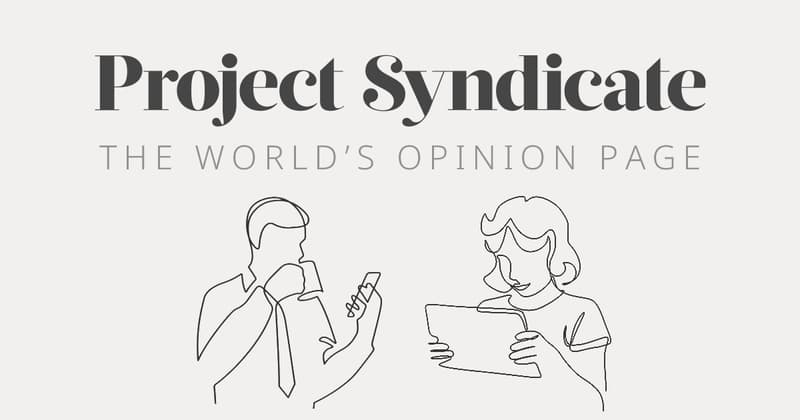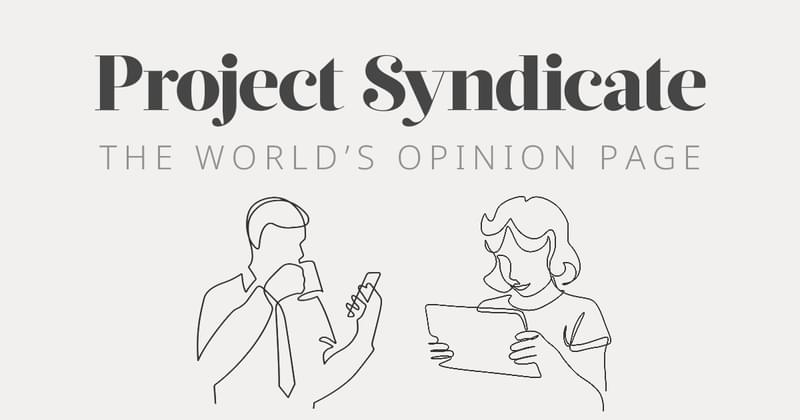Fear of Geoengineering Is Really Anxiety About Cutting Carbon
Research into unproven technofixes isn’t a replacement for eliminating emissions, even if the debate over geoengineering is stuck on that concern.
My monthly, globally syndicated column for Project Syndicate, translated into a dozen languages, and my earlier bi-weekly Risky Climate column for Bloomberg Green.

Research into unproven technofixes isn’t a replacement for eliminating emissions, even if the debate over geoengineering is stuck on that concern.
There is plenty of debate and acrimony, but there is indeed debate about policy solutions.
After a week when three oil giants were forced to face climate urgency, a guide to what concrete change might look like.
The green transition comes with costs; but they are well worth it, and they pale in comparison to the costs of inaction. The ever-falling costs of renewables have not eliminated the politics of climate change. But they certainly have made our choices much easier.

It’s easy to see why infrastructure spending would cut emissions, while creating jobs. Carbon taxes appear to do the same.
Assessing tariffs based on the carbon content of goods is complicated, but will lead to stronger climate policy and better economic outcomes.
Jobs vs. environment is an old trope whose time has passed.
To assess the effectiveness of climate policies, don’t look at today’s CO₂ emissions, instead focus on the trajectory.
The American Petroleum Institute is considering endorsing a carbon price. That’s a big shift, but a carbon price alone is not good climate policy.
The U.S. is updating a number with the potential to push federal regulations into overdrive.